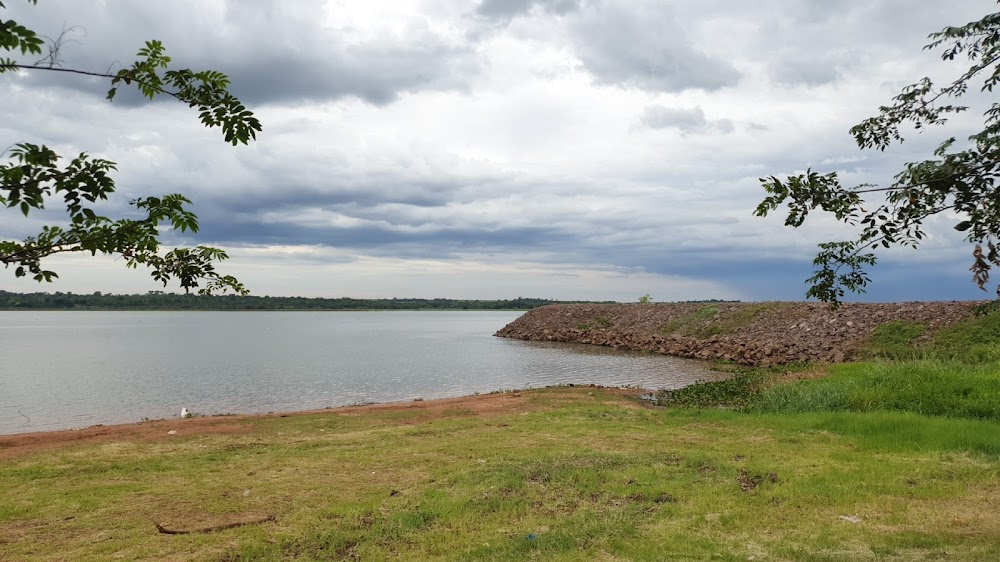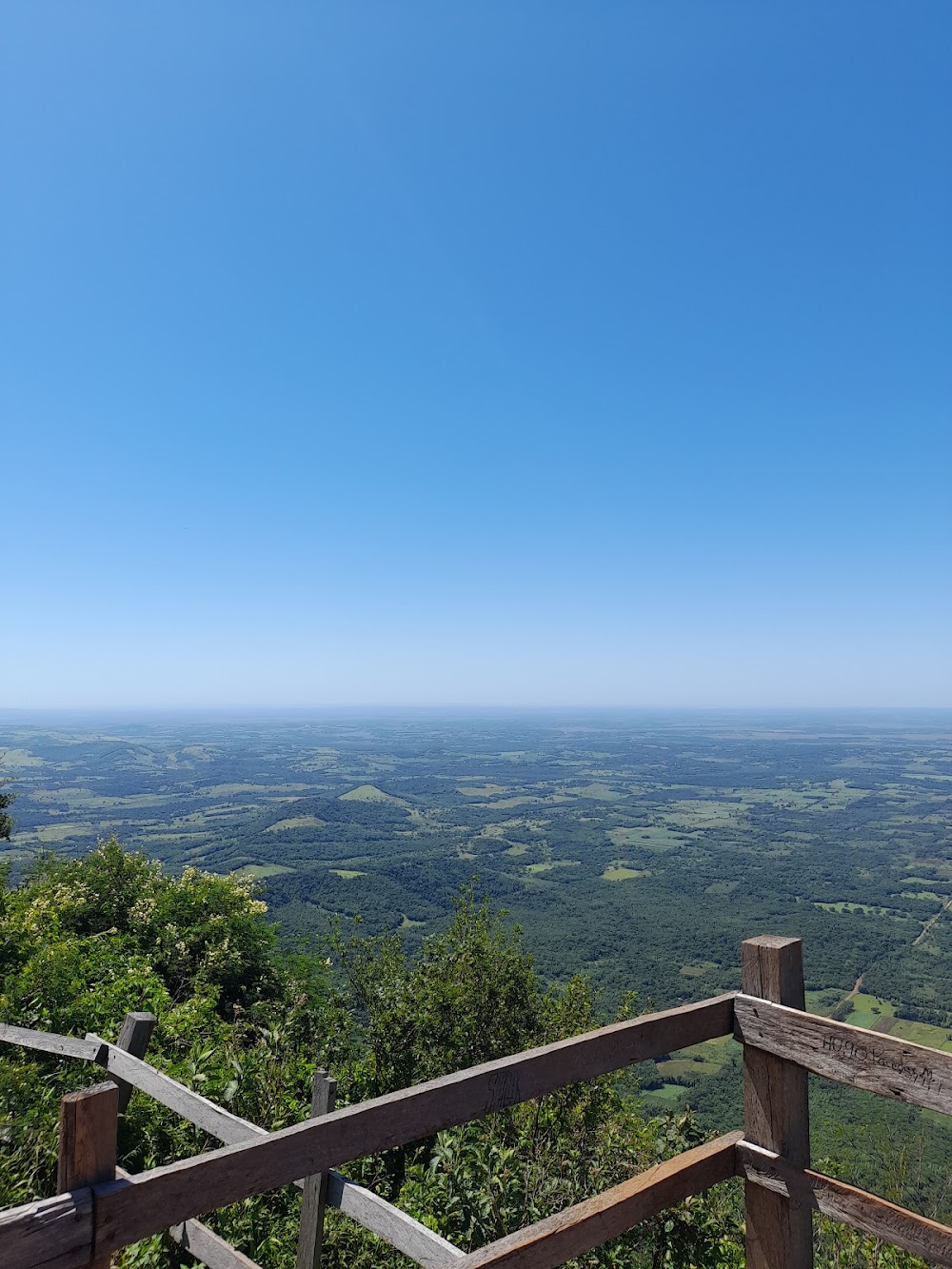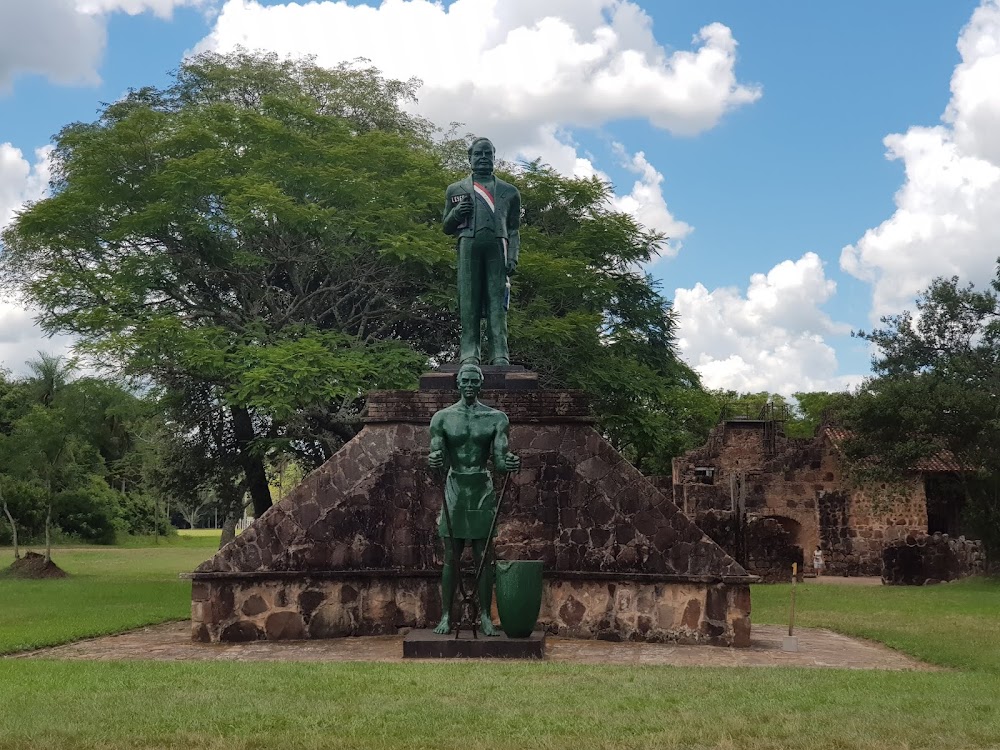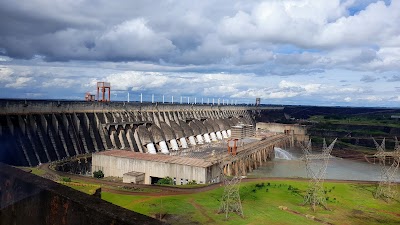Guairá Falls (Salto del Guairá)
Overview
**Guairá Falls: A Lost Natural Wonder**
Guairá Falls, also known as Salto de Guairá, was once a breathtaking natural wonder located in Caaguazú, Paraguay. As part of the Paraná River system, these magnificent waterfalls boasted a series of majestic drops, creating a stunning, roaring display of natural beauty that captivated all who beheld it.
The romantic allure of Guairá Falls has been admired for centuries, drawing the attention of indigenous tribes and early Spanish explorers alike. With its powerful cascades and misty spray, the falls served as a significant source of local pride and became a prominent natural landmark for the region.
To the local Guaraní people, Guairá Falls held profound cultural significance. They viewed the falls as the home of powerful gods and spirits, making it a revered site integral to various cultural rituals and folklore. The lush surroundings and the commanding presence of the falls were often depicted in local art and stories, enriching the tapestry of the region's heritage.
In the early 20th century, Guairá Falls emerged as a popular destination for explorers, tourists, and naturalists drawn to its raw, unspoiled power. Adventurers documented their expeditions, capturing the imagination of people worldwide through photographs and written accounts of their encounters with this natural marvel.
However, the fate of Guairá Falls changed dramatically in the 1970s. As the demand for energy grew, the Paraná River was recognized for its hydroelectric potential, leading to a partnership between the governments of Paraguay and Brazil to construct the Itaipu Dam. This ambitious project aimed to harness the river's power while addressing the energy needs of both nations.
The construction of the Itaipu Dam, one of the largest hydroelectric dams in the world, required transformative changes to the natural landscape, including the creation of a vast reservoir. This monumental endeavor resulted in the inundation of extensive areas of land, including the site of Guairá Falls.
The decision to build the dam was driven by economic aspirations and the promise of sustainable energy. Thousands of workers, engineers, and scientists collaborated tirelessly over several years to bring this engineering marvel to fruition, employing advanced technology and innovative techniques to tackle the immense challenges presented by the undertaking.
As the dam neared completion in the early 1980s, the reservoir gradually filled, causing the waters of the Paraná River to rise. Tragically, this led to the submergence of Guairá Falls, transforming the once-mighty cascades into a poignant memory lost beneath the waters. This moment marked a significant loss for both nature enthusiasts and the local communities who had long treasured the falls.
Despite the dramatic transformation of the landscape, the legacy of Guairá Falls endures in the hearts of those who experienced its beauty firsthand. Today, the story of the falls serves as a reminder of the delicate balance between progress and preservation, highlighting the complex decisions involved in harnessing natural resources for societal benefit.
Currently, the site of the former falls is marked by the Itaipu Reservoir, which stands as a testament to human ingenuity and the pursuit of sustainable energy solutions. The dam generates a substantial portion of the electricity used by Paraguay and Brazil, showcasing the potential of hydroelectric power in the modern world.
While Guairá Falls no longer exists in its original form, its spirit lives on through the stories, memories, and images preserved by those who witnessed its grandeur. The narrative of the falls and their role in the region's history continues to inspire reverence for natural wonders and a recognition of the importance of sustainable development.







